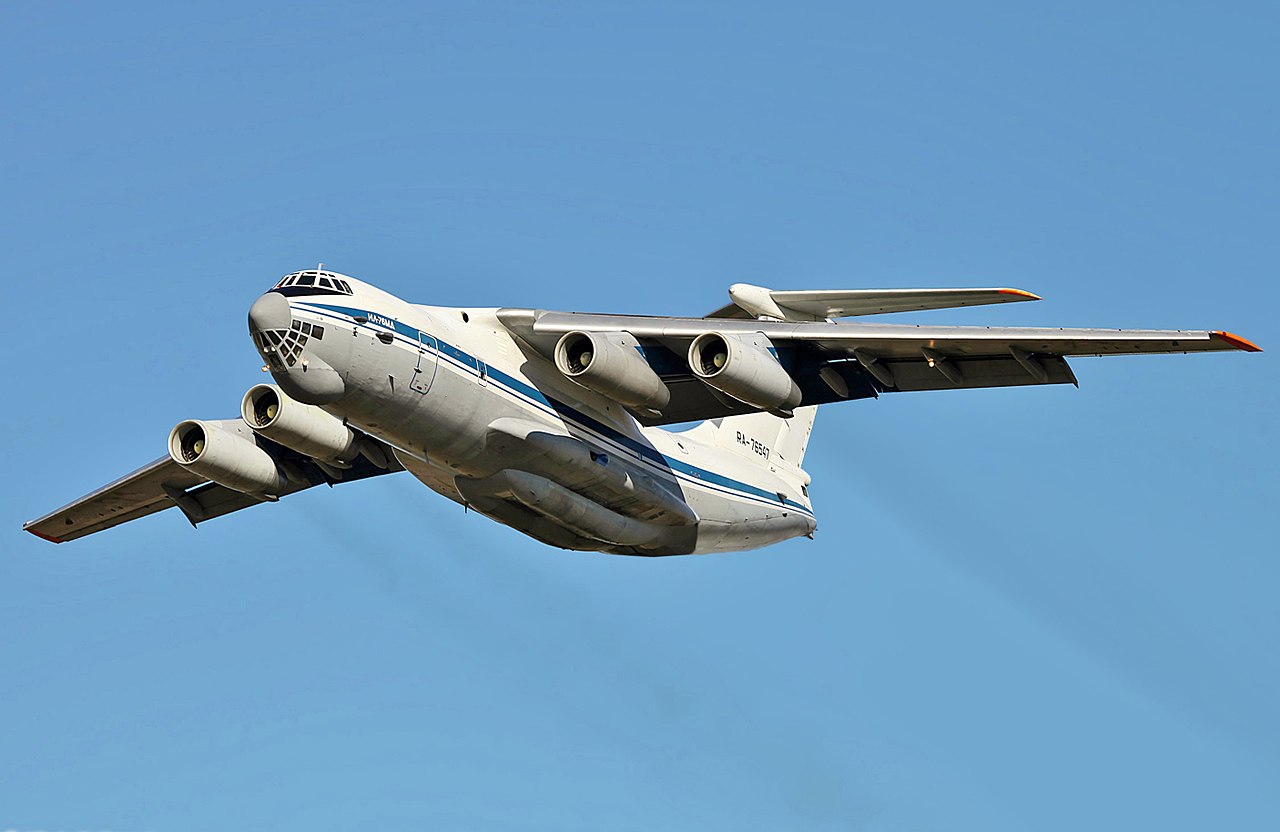The Shenyang WS-20 Turbofan Engine: Enhancing China's Military Capabilities
The Chinese People's Liberation Army (PLA) is set to deploy the Shenyang WS-20 turbofan engine, marking a significant milestone in China's military aviation capabilities. The engines are expected to enhance the performance of the Xi'an Y-20, China's largest transport aircraft, which has already demonstrated its value in major airlifts, aid delivery, and returning the remains of Chinese personnel from South Korea.
The Y-20 has formed the basis for developing an airborne tanker, the YY-20, which will extend the reach of China's already long-ranged combat aviation. Integration of indigenous engines and a phasing out of Russian engines is a trend that has been seen across Chinese military aviation, notably accelerating in 2022, with growing numbers of J-10 and J-11 fighters re-engined with the Chinese WS-10.
The WS-20 is expected to improve the Y-20's flight performance, lower operational costs, and increase endurance and reliability. It will allow the aircraft to achieve its maximum 66-ton cargo capacity, which was not possible with the Russian D-30KP-2 powerplant used until now. The engine shares technologies with the WS-15 fighter engine, which is expected to replace the older WS-10C in powering Chinese J-20 fifth-generation stealth fighter units.
 |
| IL76 |
The PLA Air Force's 37th Air Regiment, based at Kaifeng Air Base, is believed to be the first to have integrated the new Y-20 variant, speculated to be designated the Y-20B. Images of the aircraft integrating these engines have been widely shared on Chinese social media sites, indicating that the engine is now ready for operational service.
The WS-20's performance lead over Russian powerplants is an example of China's growing prowess in turbofan engine development. Although the Soviet Union led the world in the 1980s, post-Soviet Russia has been limited in its ability to make advances in the field. In contrast, China's indigenous engines have shown a performance lead in recent years, a trend expected to continue.
The WS-20 is expected to facilitate a larger scale of production of Y-20 airframes and improve their flight performance. This will not only increase operational efficiency but also provide real-time insights for critical decisions. The engine's predictive analytics and decision support capabilities will enhance the Y-20's intelligence gathering, surveillance, target acquisition, and decision-making abilities, as well as its potential for cybersecurity and predictive maintenance.
In conclusion, the integration of the Shenyang WS-20 turbofan engine into the Xi'an Y-20 marks a significant milestone in China's military aviation capabilities. The engine's advanced technologies, real-time situational awareness, and decision-making capabilities will enhance the Y-20's performance, providing the PLA with a critical asset for potential threats in the future.




0 Comments